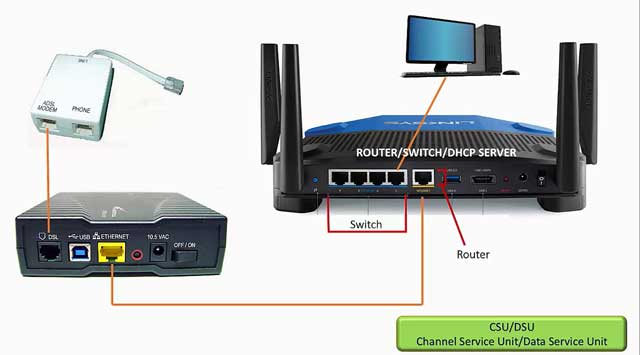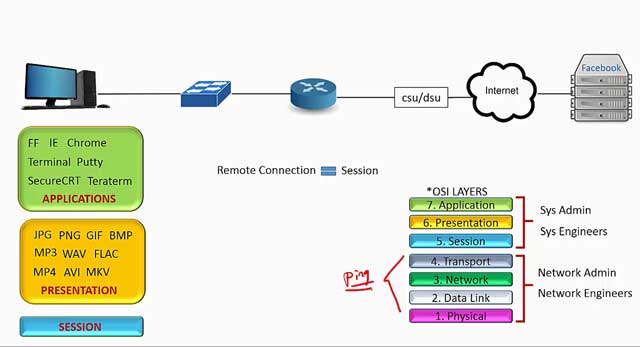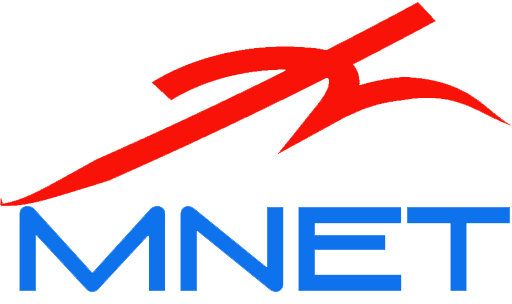OSI Layers DeMystified - Part 2
NEXT VIDEO:
PREVIOUS VIDEO:
OSI Layers Demystified – Part 1
What are the different functionalities and protocols involved per layer?
To better understand this, let’s illustrate:
This is our typical home network:

The network structure that we have at home is similar to the network structure that we have at the office.
The only difference is, when we connect to the ISP using leased lines or frame-relay, instead of a DSL modem, the ISP would give us a CSU/DSU (Channel Service Unit/Data Service Unit).
To give you a visualization on how the OSI layers applies to our home network:

NOTE: For a better discussion of this figure, please refer to the video.
When I discuss the OSI Layers, I do it from the highest layer down.
So, let’s start with the Application Layer.
What does the Application Layer do? It gives us a set of programs/applications that lets us interact with the computer.
The Presentation Layer, basically, presents binary data that the computer uses into a human readable format. So, all file formats for data voice and video are included inside the presentation layer.
How about the Session Layer?
One of the main jobs of the session layer is to control and manage connections between devices, and this also includes the monitoring of all network connections.
Take note that, the top 3 layers – Application, Presentation, and Session layers all reside in the application. System Engineers and Administrators main job functions also reside in these upper 3 layers.
The lower 4 layers – Transport, Network, Data Link and Physical layers are the main job functions of Network Administrators and Engineers.
But, what does these 4 layers does? Check the next article.
OSI Layers Demystified – Part 3
